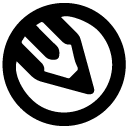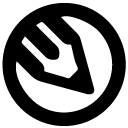Emerging Illustration Styles to Watch in 2026
Analysts, design journals and art‑fair critics suggest that the next year will amplify this tension, producing styles that combine cutting‑edge technology with handmade imperfection. Below are the key illustration styles expected to boom in 2026 and the reasons driving their popularity.
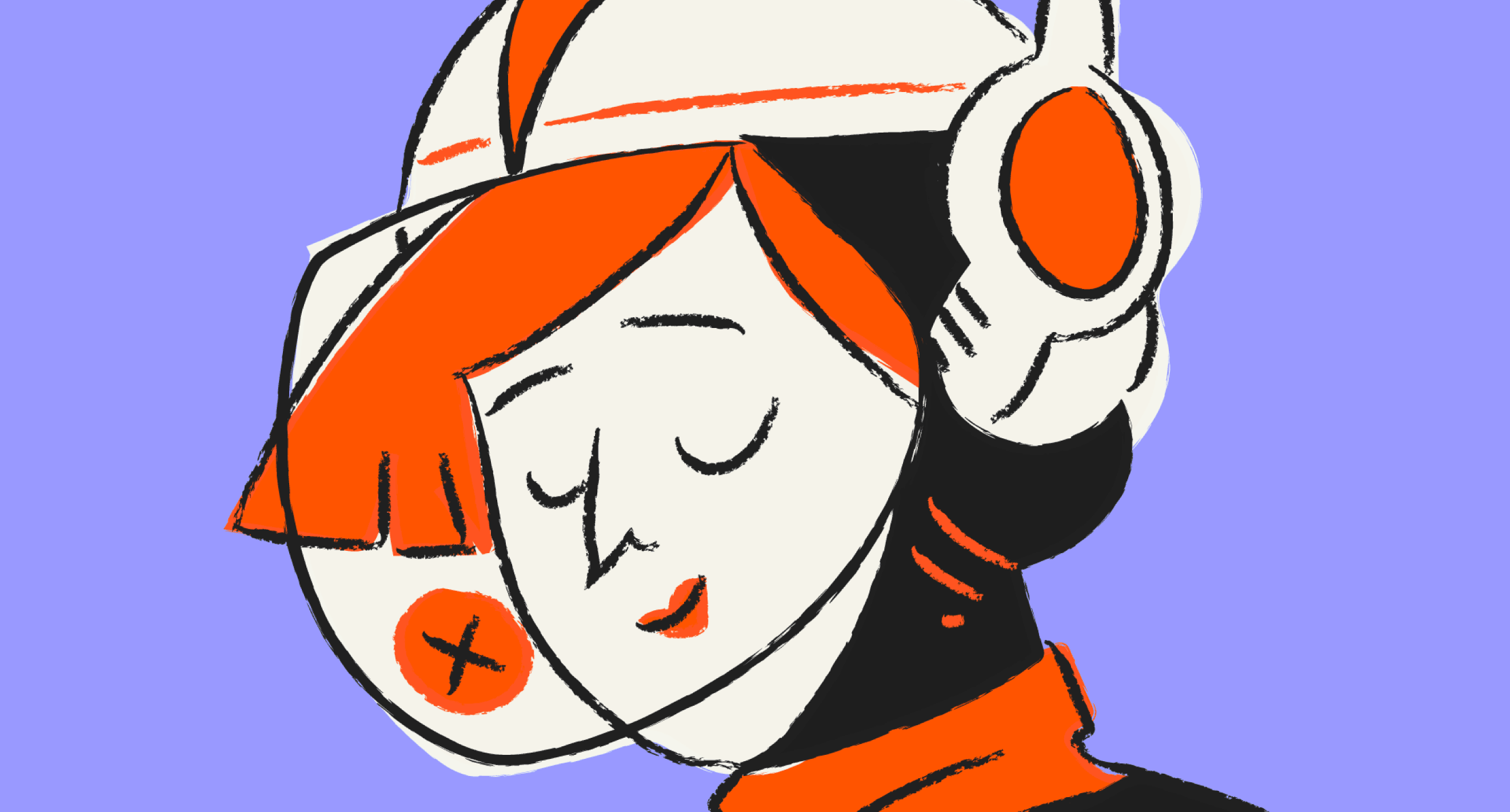
As 2025 draws to a close, the illustration landscape is defined by a paradox: digital tools make visual production easier than ever, yet audiences crave authentic, human expression. Analysts, design journals and art‑fair critics suggest that the next year will amplify this tension, producing styles that combine cutting‑edge technology with handmade imperfection. Below are the key illustration styles expected to boom in 2026 and the reasons driving their popularity.
Post‑AI authenticity
Generative‑AI platforms exploded onto the creative scene in 2024–25. The deluge of slick, algorithmically generated visuals has pushed art directors and clients to value human imperfection.
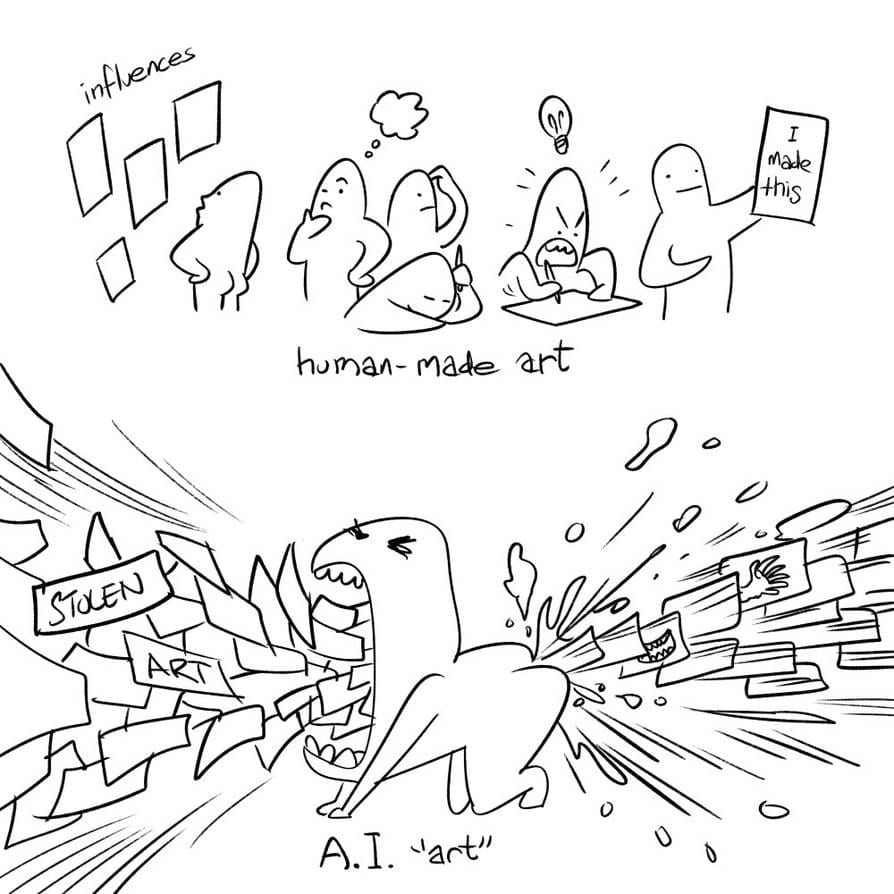
The coming year will celebrate “raw, imperfect, and deeply personal art”, often in zine‑inspired formats with expressive linework and collage. Illustrators are re‑embracing sketchbooks and hand lettering as a way to stand out from machine‑generated imagery.
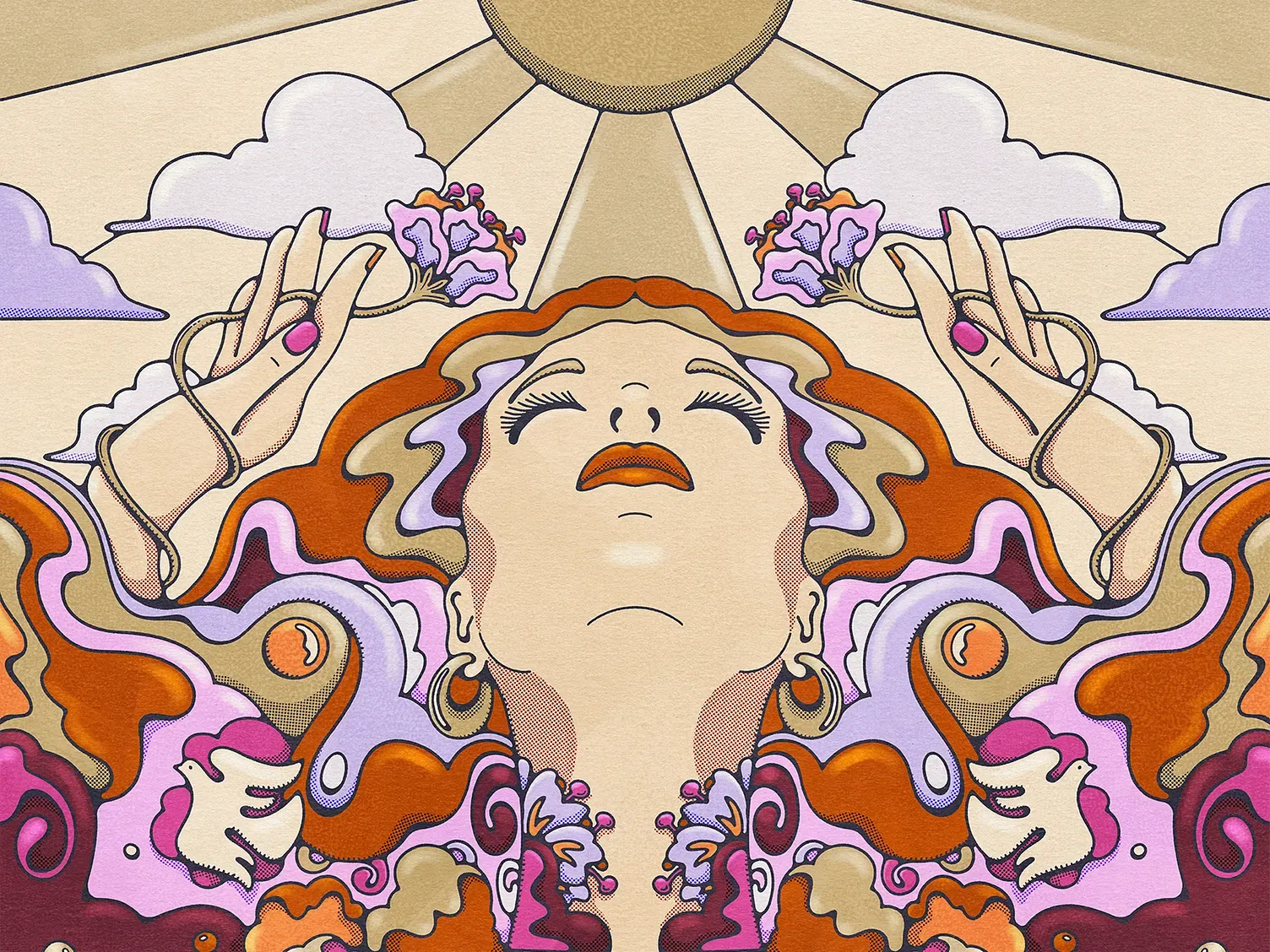
Neo‑traditionalism
Related to post‑AI authenticity is a resurgence of analogue media. Artists are mixing ink, watercolour and pencil with digital finishes to create hybrid aesthetics. Visible brush textures and scanned sketchbook pages introduce tactile imperfections that contrast sharply with polished vector art.
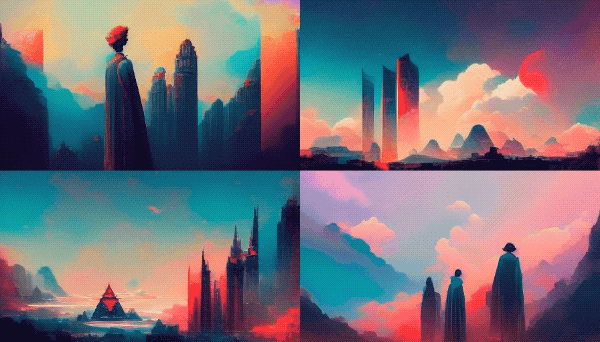
AI‑human collaboration
While authenticity is valued, AI will not disappear—it will integrate into workflows. Illustrators are using tools like Midjourney and DALL·E to brainstorm and texture their work, accelerating workflows and encouraging experimentation. Likewise, greeting‑card trend forecasters predict that generative AI will assist with ideation, dynamic layouts and personalized designs. Artists will use AI as a creative partner while maintaining control over final aesthetics.
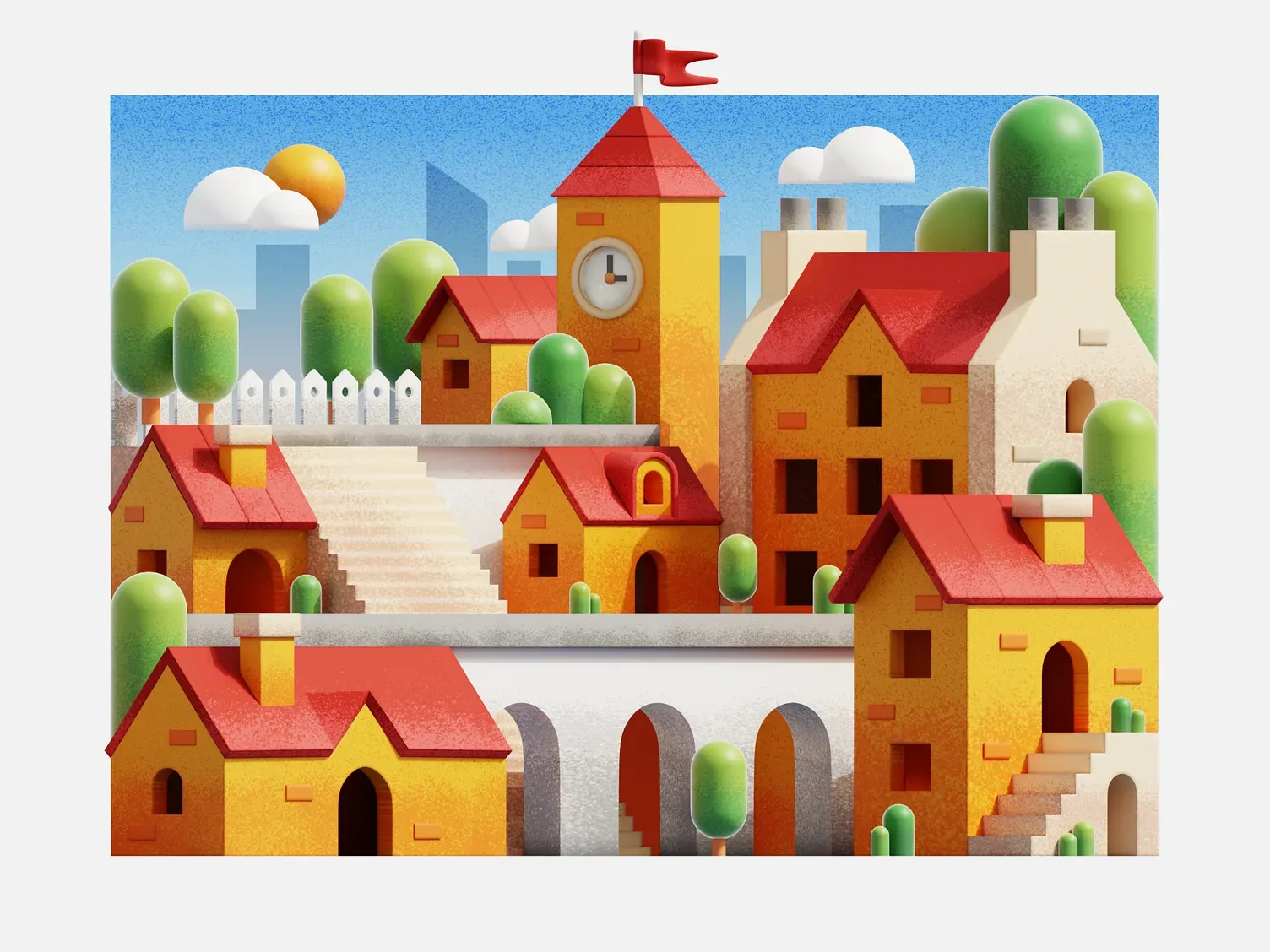
3D meets flat design
The boundary between two‑dimensional illustration and three‑dimensional modelling continues to blur. Artists are expected to blend 3D objects created in software such as Blender or Spline with flat vector illustrations.
Also in the rise of isometric illustrations use in modern web design. This fusion adds depth and interactivity without committing to full realism, making it ideal for augmented‑reality experiences and interactive websites. Product packaging and editorial layouts also benefit from this layered look.
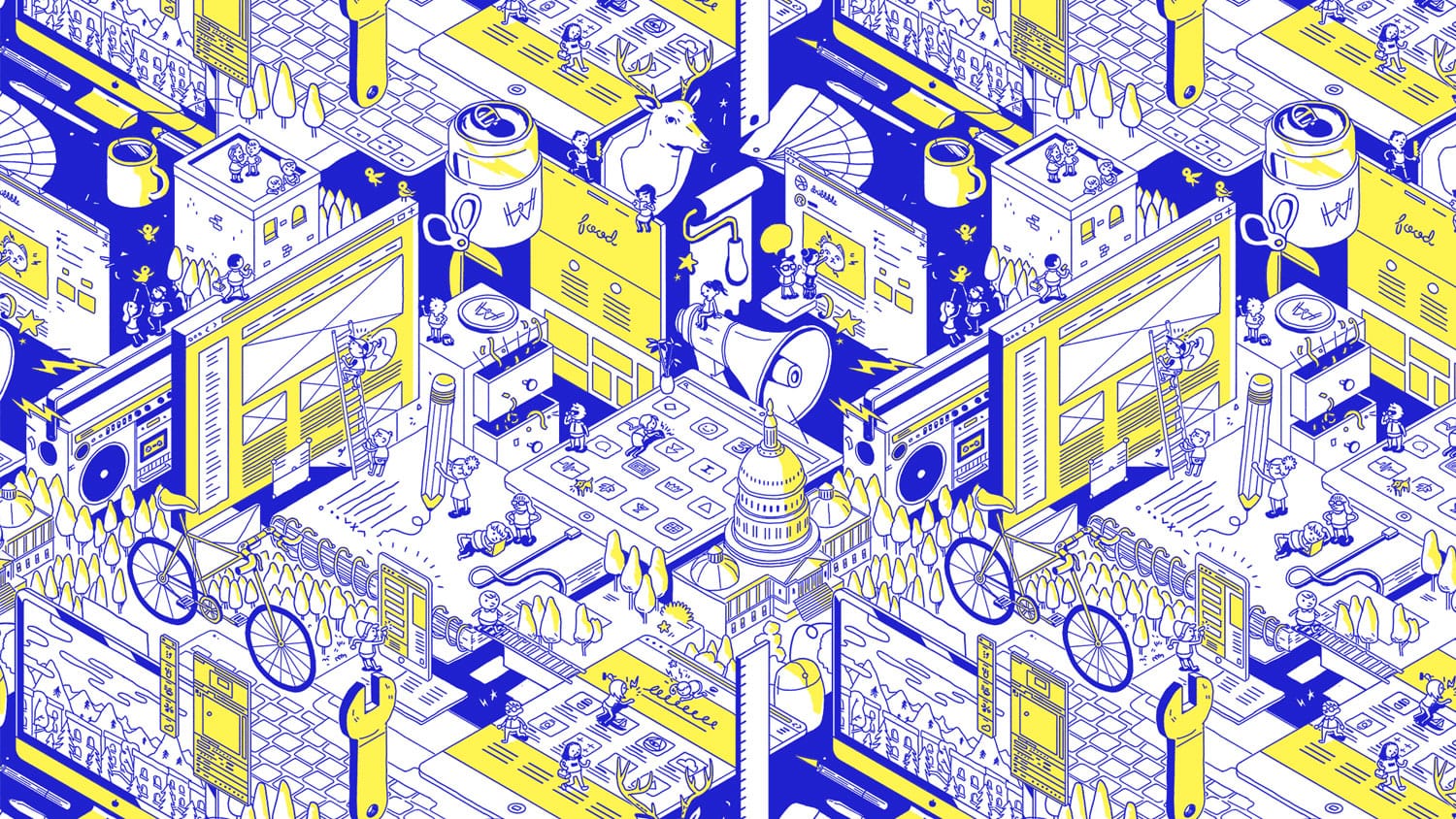
Cultural reclamation and identity art
Illustration is increasingly being used as a tool for cultural storytelling. we predict a rise in regional, indigenous and identity‑focused narratives in 2026, driven by brands seeking authentic localized perspectives.
Collaborations between illustrators, historians and community groups will help ensure that stories are told with nuance and respect. This trend aligns with a broader cultural push for representation and diversity in visual media.
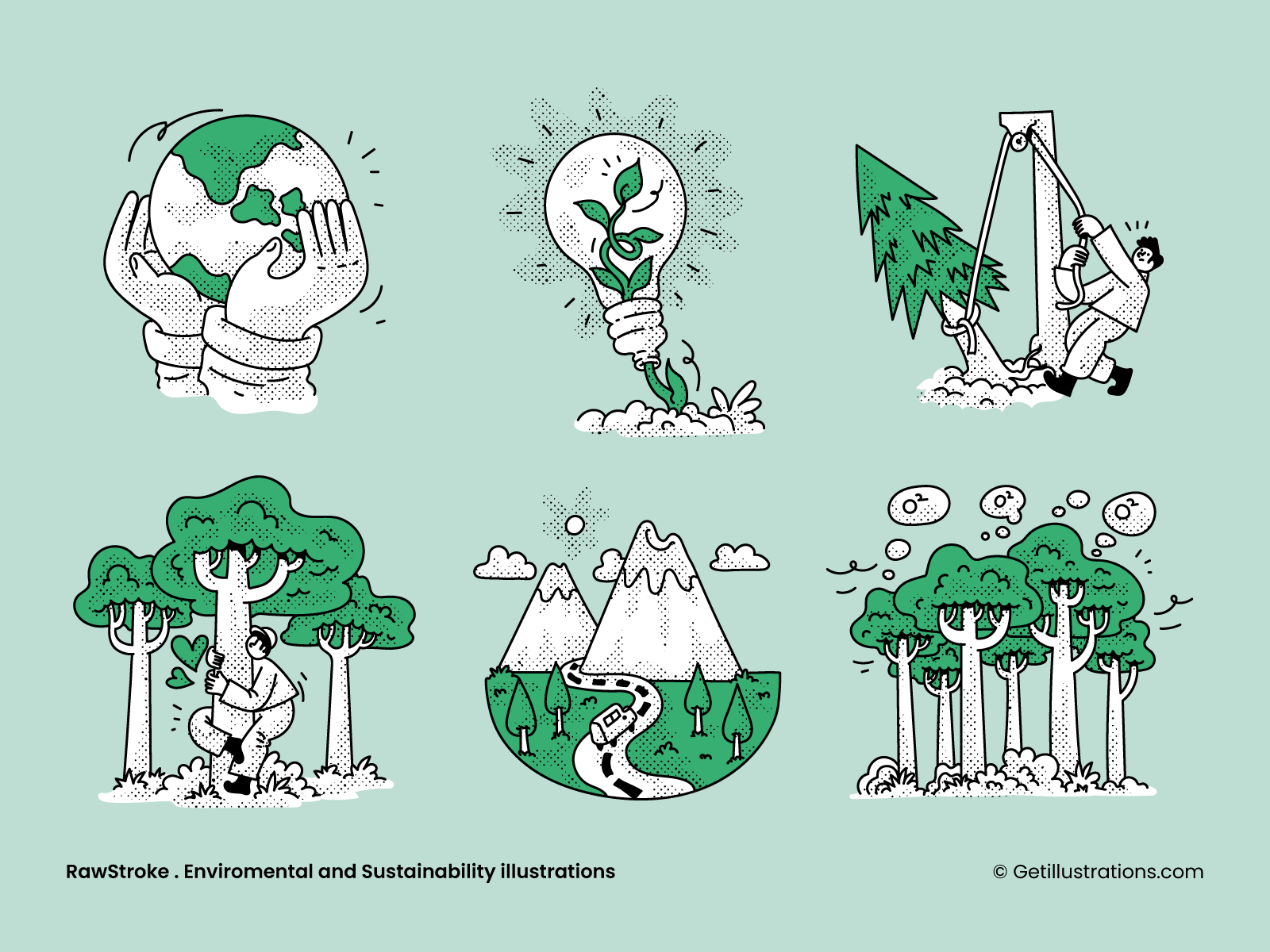
Eco‑visualism and climate motifs
Climate change is no longer a distant concern but a dominant influence on aesthetics. Illustrators will lean into sustainability‑themed storytelling, employing organic motifs, earthy palettes and activist messaging.
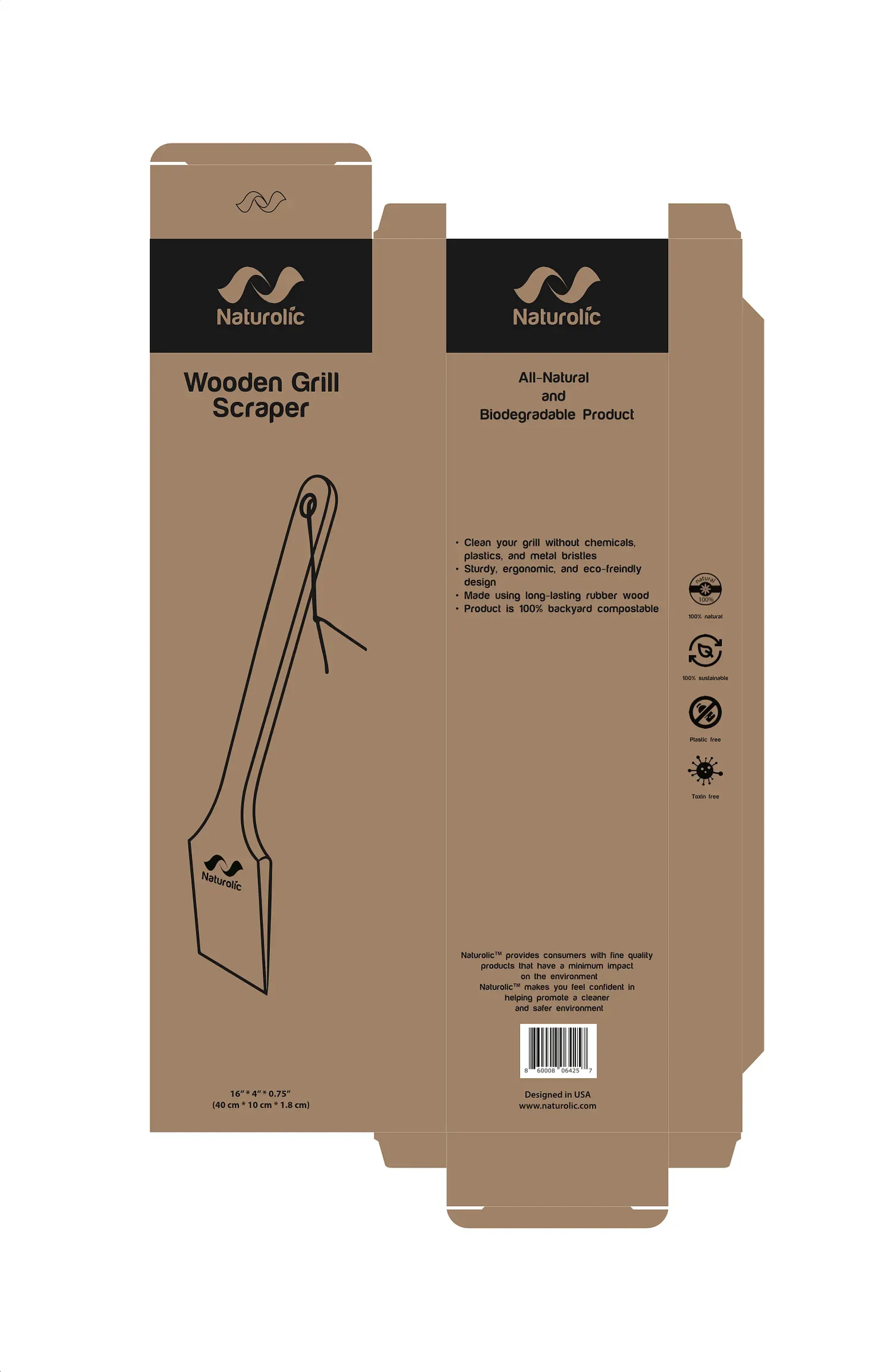
Complementing this, greeting‑card commentators note the growing popularity of symbolic climate visuals such as “warming stripes,” which use colour bands to represent temperature changes. Using such motifs allows artists to communicate environmental urgency in visually engaging ways.
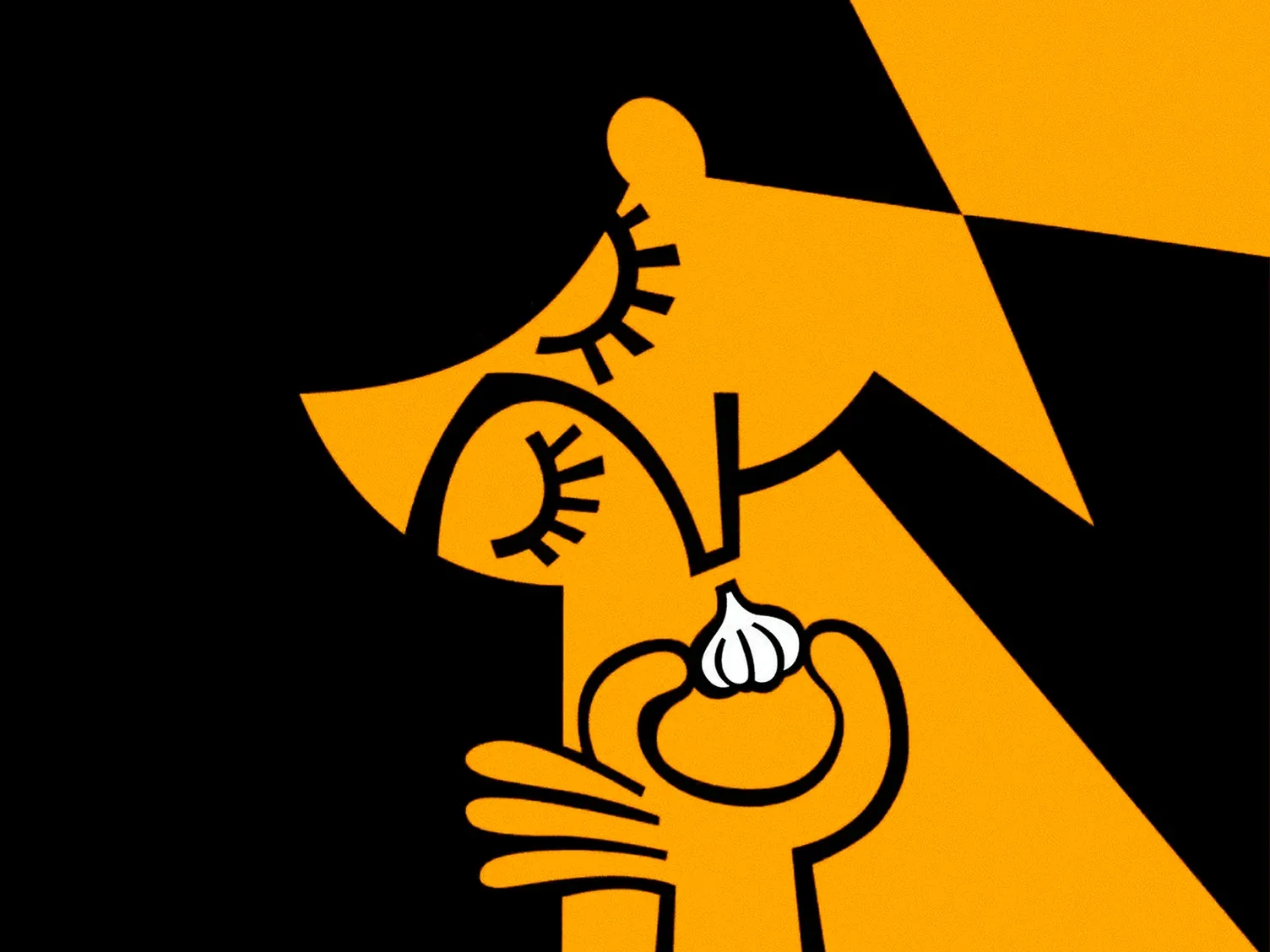
Maximum minimalism and bold minimalism
Counterbalancing maximalist trends, “maximum minimalism” is set to thrive. The GCU Community describes this style as streamlined layouts with impactful typography and pops of vibrant colour.
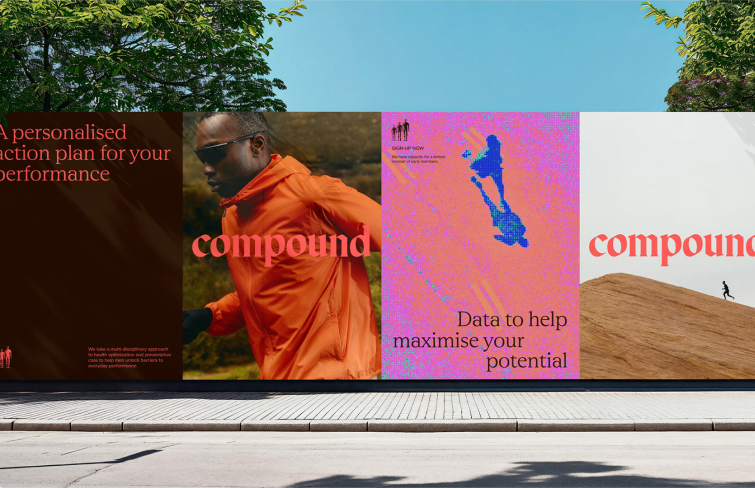
Designers may pair a single delicate illustration with a canary‑yellow or neon accent against generous white space. The approach offers clarity and sophistication on small digital screens without sacrificing visual impact.
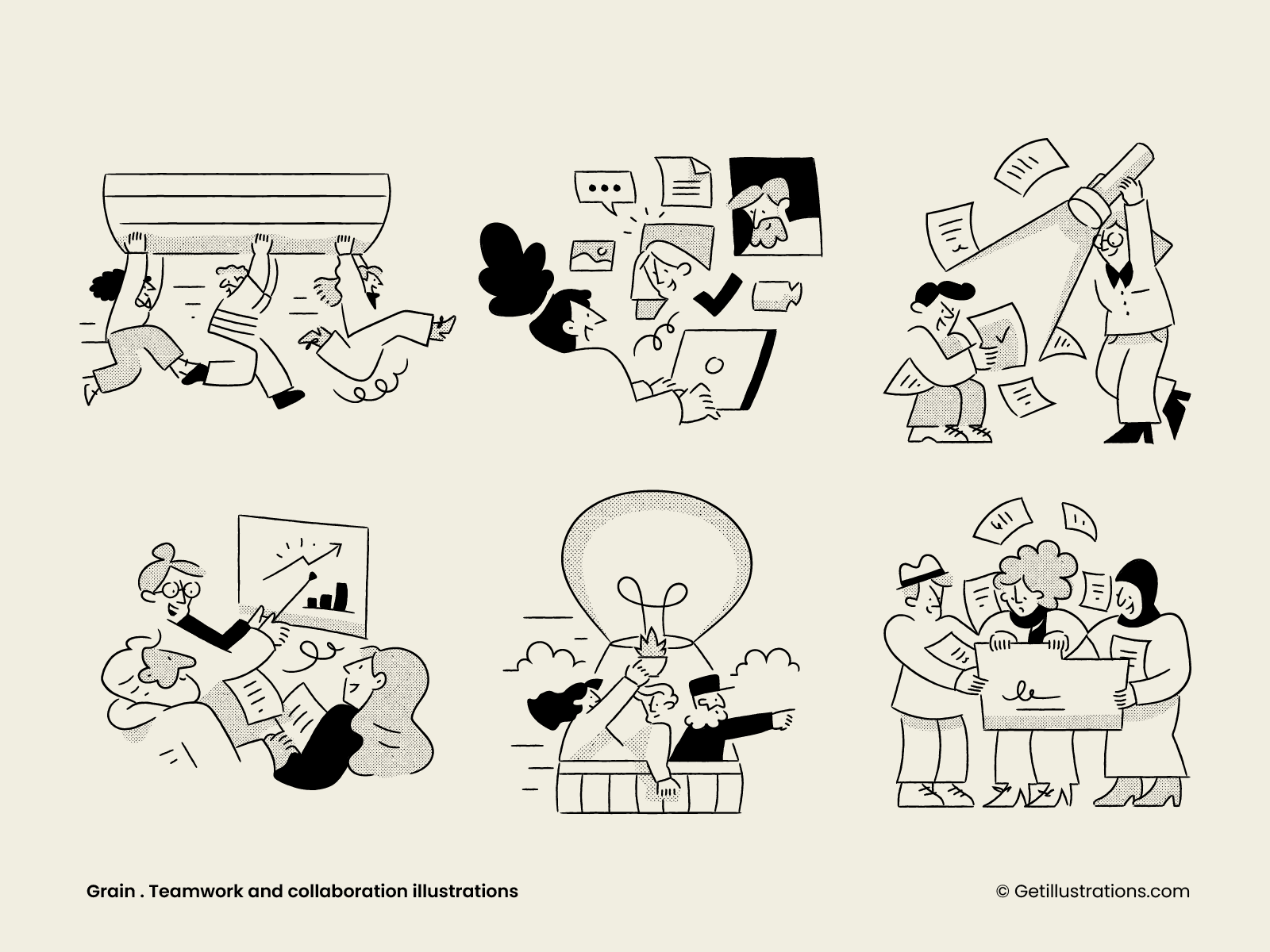
Grainy textures and hand‑made touches
After years of crisp digital perfection, there is a craving for tactile imperfections. Design forecasters emphasize the use of grain overlays, paper textures and uneven brush strokes to add depth and warmth.
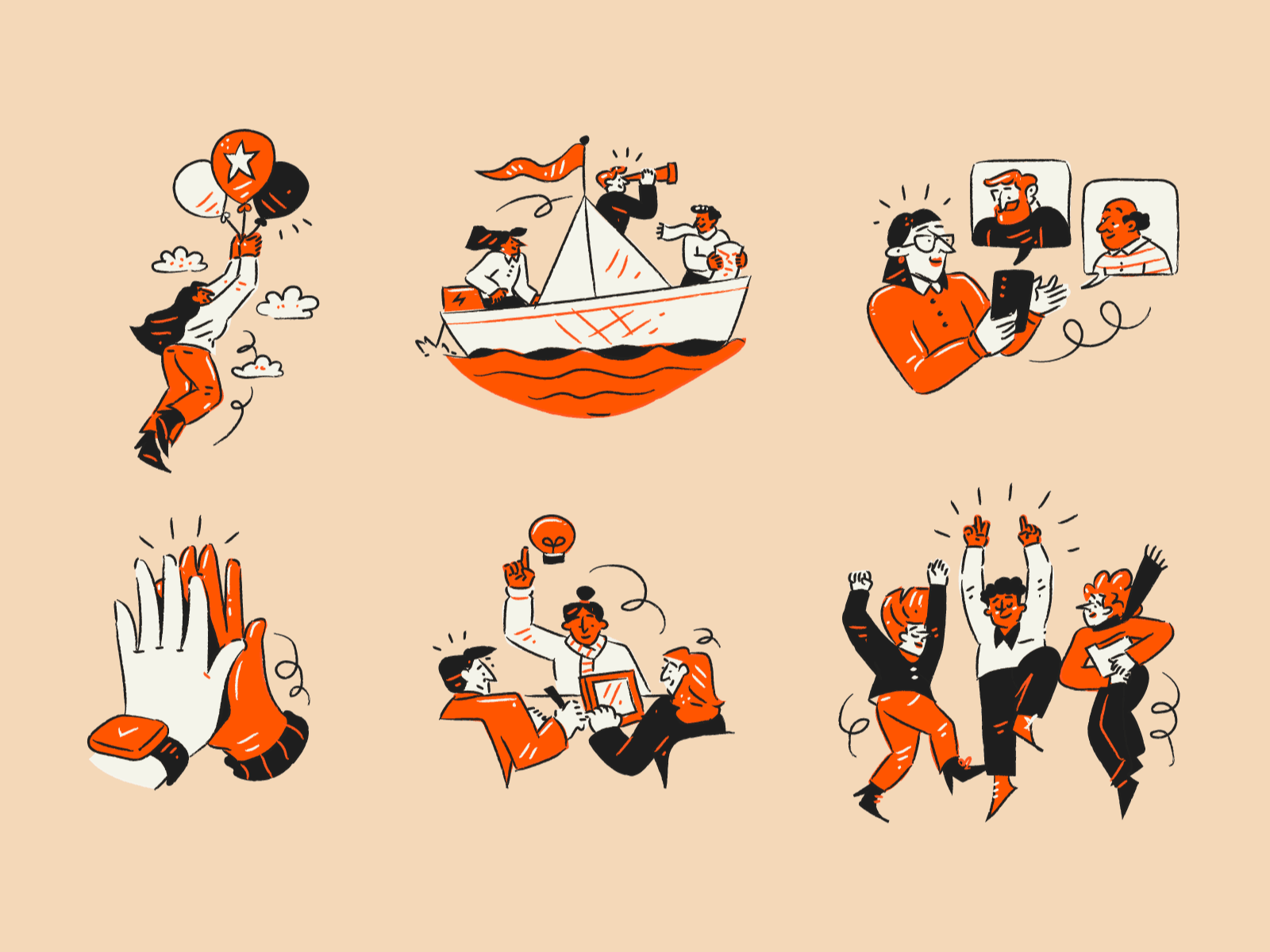
Even when working digitally, illustrators can emulate analog film grain or scanned paper to create an inviting, human feel.
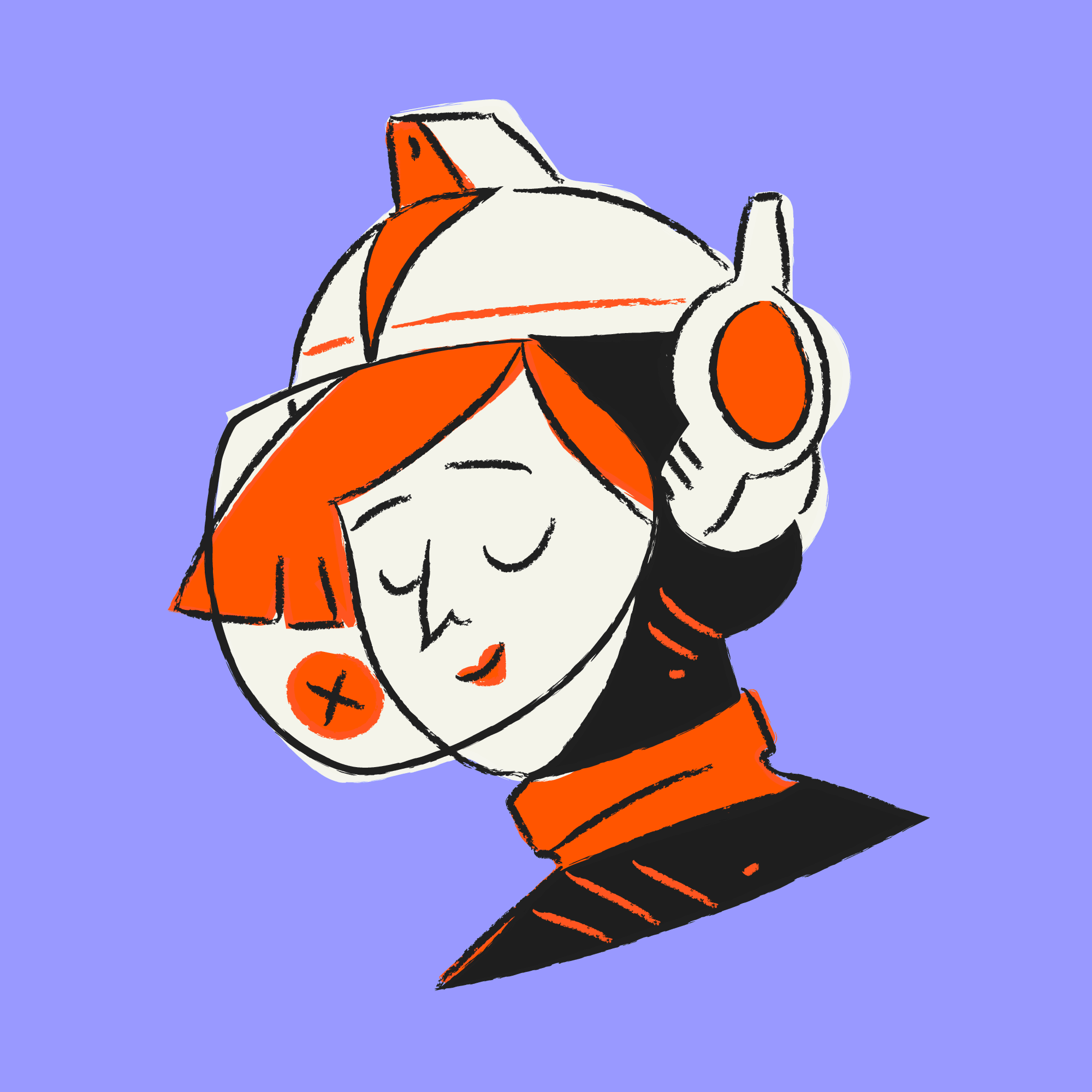
Retro revival, punk expression and typographic innovation
Nostalgia remains a powerful force. Analysts expect a resurgence of ’70s/’80s throwback aesthetics, gothic and serif fonts, and punk‑inspired glitches. Illustrators may incorporate bold serif lettering with muted jewel tones or pixel fonts that evoke early digital graphics.
Punk‑influenced work embraces hand‑scrawled lettering, torn‑edge collage and mismatched colours, celebrating individuality and rebellion. Such styles provide an emotive counterpoint to corporate minimalism.
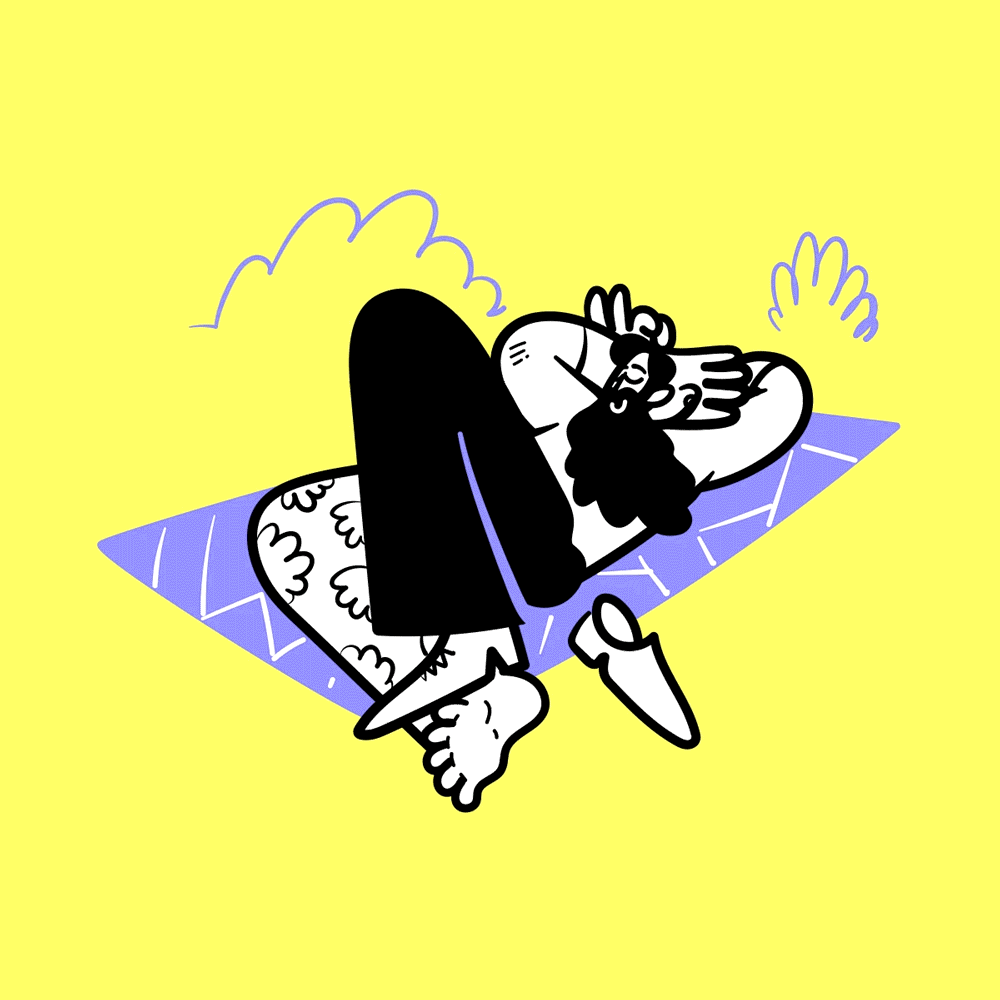
Motion illustrations and seamless loops
Static images are giving way to micro‑animations and looped GIFs. Fabrik highlights the boom in lightweight animations, driven by social media platforms and UX/UI design. Tools such as Procreate Dreams and Adobe After Effects make motion accessible. In 2026, expect more illustrators to deliver their work as short loops that mesmerize viewers on scrolling feeds.
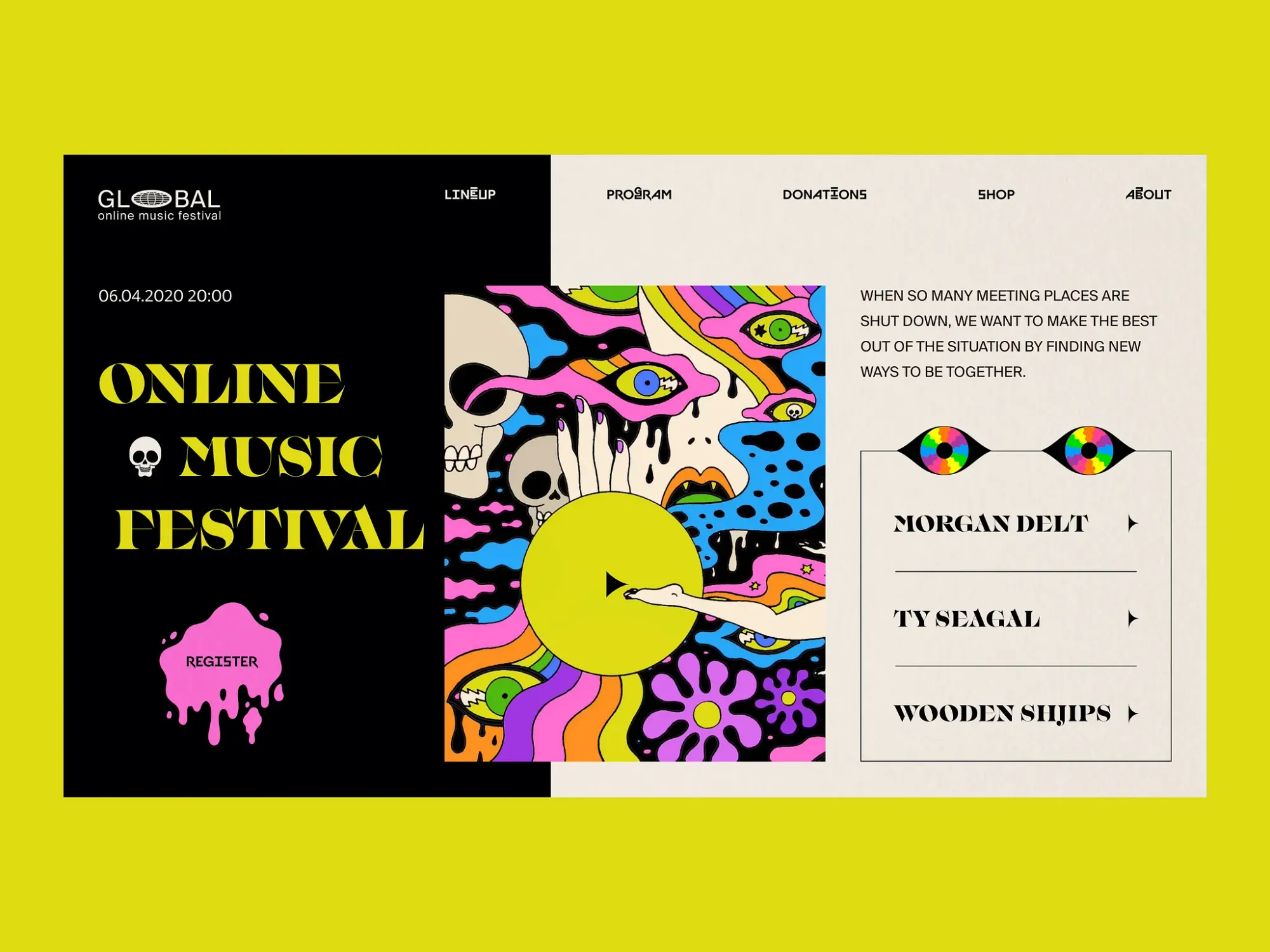
Maximalist psychedelia
At the opposite extreme from minimalism, maximalist psychedelia channels the vibrant, surreal energy of the 1970s. Hyper‑colourful, detailed compositions infused with dreamlike themes offer a visual antidote to austere digital aesthetics. This style suits editorial illustrations, album art and fashion campaigns that aim to captivate and provoke.
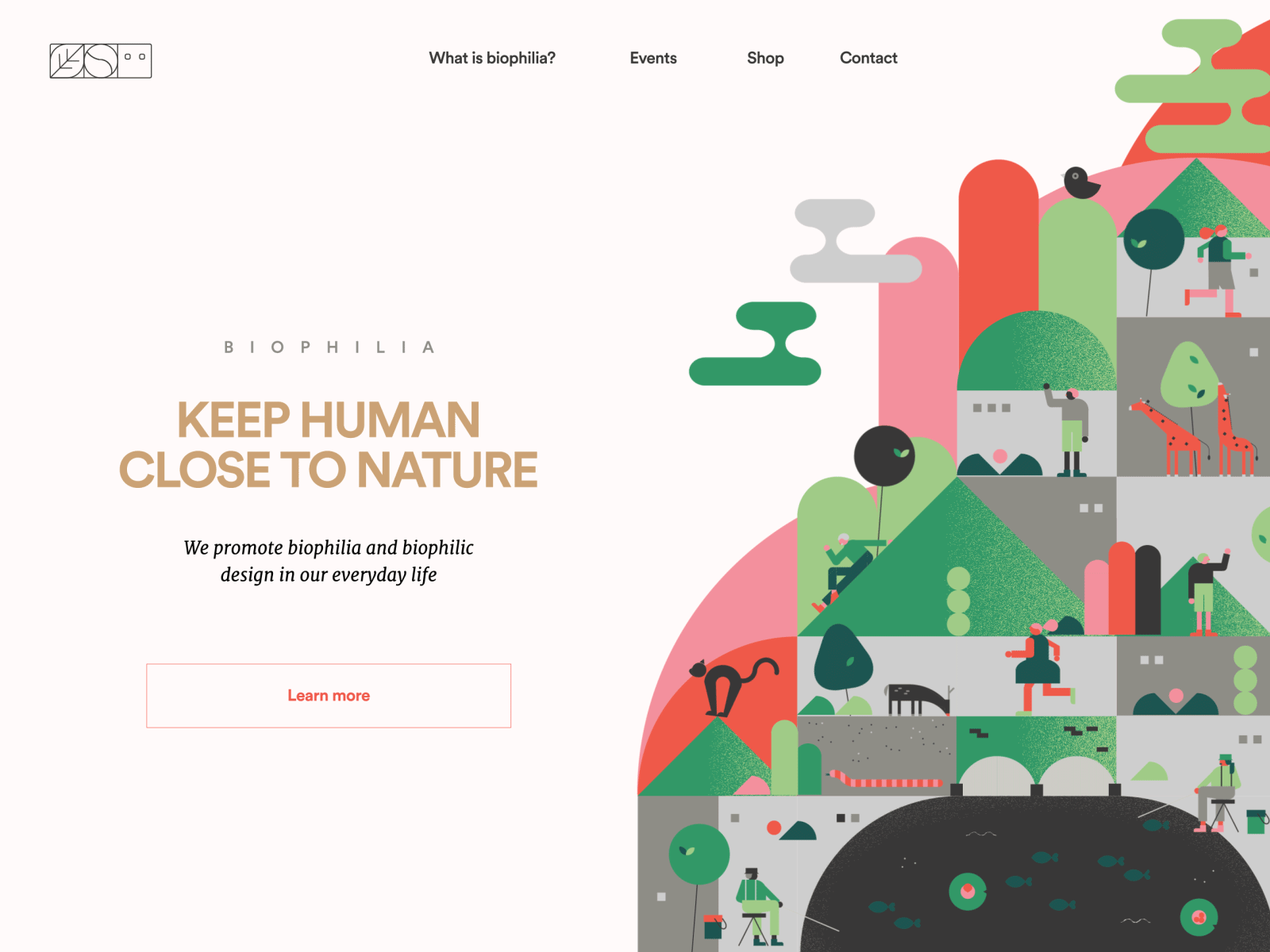
Nature‑centric and organic materials
A renewed connection with nature underpins several 2026 trends. Art critics at Art Basel Hong Kong observed that nature‑centric art taps into our emotional need to ground a space. Illustrators can incorporate plant forms, textured papers and organic colour palettes to evoke the serenity of natural environments. This aesthetic dovetails with eco‑visualism and responds to the broader desire for biophilic design.
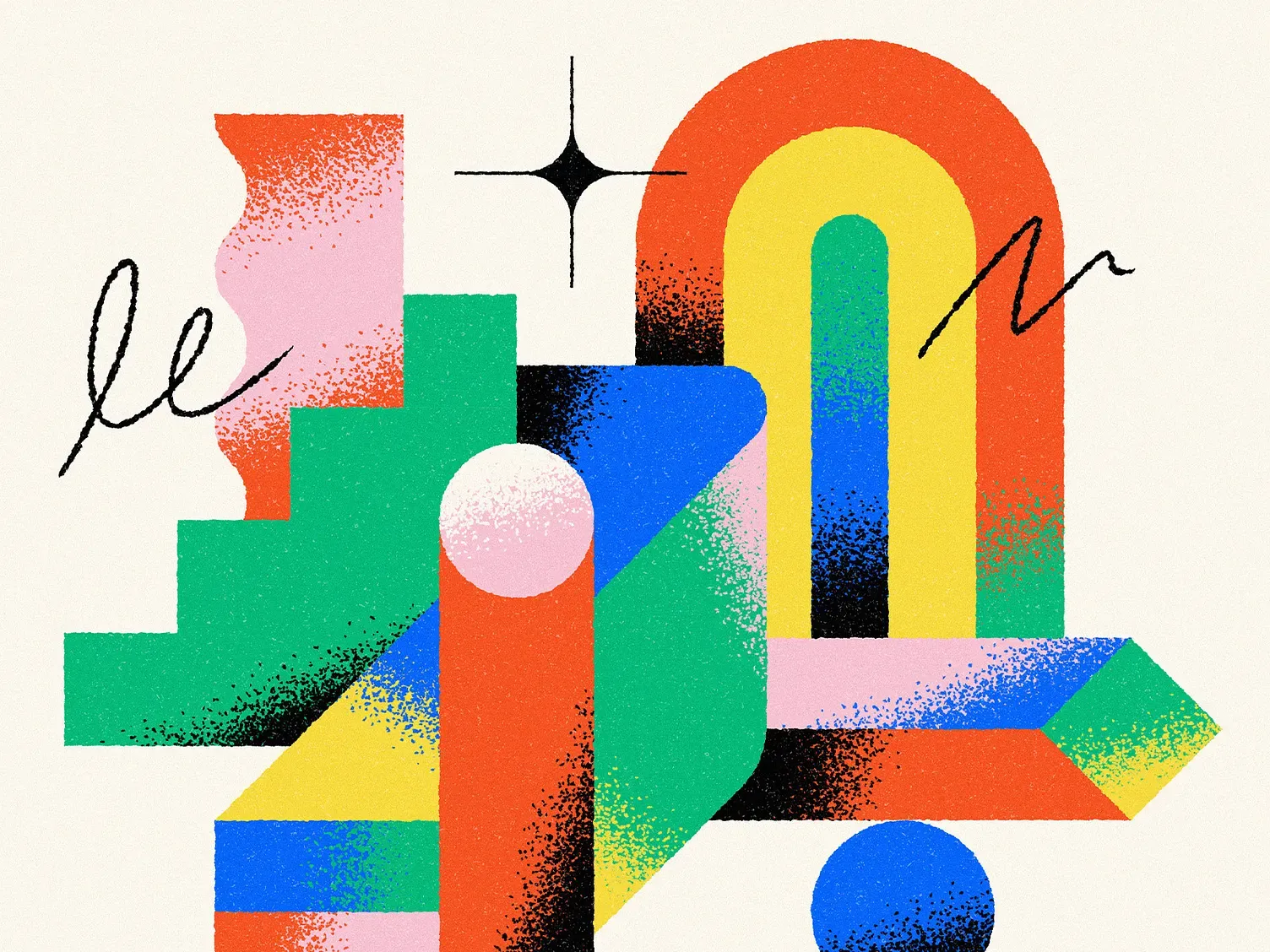
Abstract colour fields and bold palettes
Bright, saturated colour fields reminiscent of Lynne Drexler’s kaleidoscopic paintings captivated collectors at Art Basel. Experts noted that such works combine pointillist dots, swirling strokes and patterned backgrounds. The return of bold palettes after years of subdued tones signals a desire for optimism and self‑expression. Illustrators may adopt large swaths of vivid colour to energize viewers and draw attention.
Conclusion
The illustration styles poised to boom in 2026 reflect a dynamic interplay between technology and humanity. Artists are embracing AI tools for speed and experimentation while simultaneously returning to hand‑made craft, cultural storytelling and environmentally conscious motifs.
Whether through the raw imperfection of neo‑traditionalism, the depth of 3D hybrids, the clarity of maximal minimalism or the exuberance of psychedelic colour fields, the common thread is a search for authentic connection in an increasingly digital world.
Sneaky Tip: Discover Getillustrations
Alright, you’ve stuck with me this far – time for a little insider secret. If you’re on the hunt for top-notch illustrations, look no further than GetIllustrations. Their extensive library offers a treasure trove of high-quality, royalty-free illustrations that are perfect for any project. With GetIllustrations, you get:
- Diverse Styles: Whatever your design aesthetic, they’ve got you covered. Whether you need UI design illustrations, website illustrations, or anything in between, they've got it all.
- Easy Licensing: Simple, straightforward licenses that give you maximum flexibility.
- New Content Regularly: Fresh illustrations to keep your projects looking modern and unique.
And for those who need something extra special, Getillustrations also custom illustrations.
